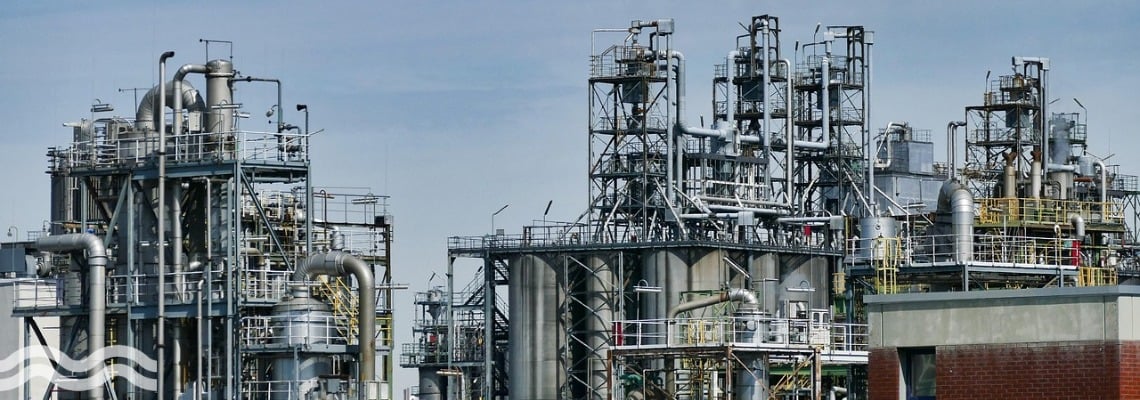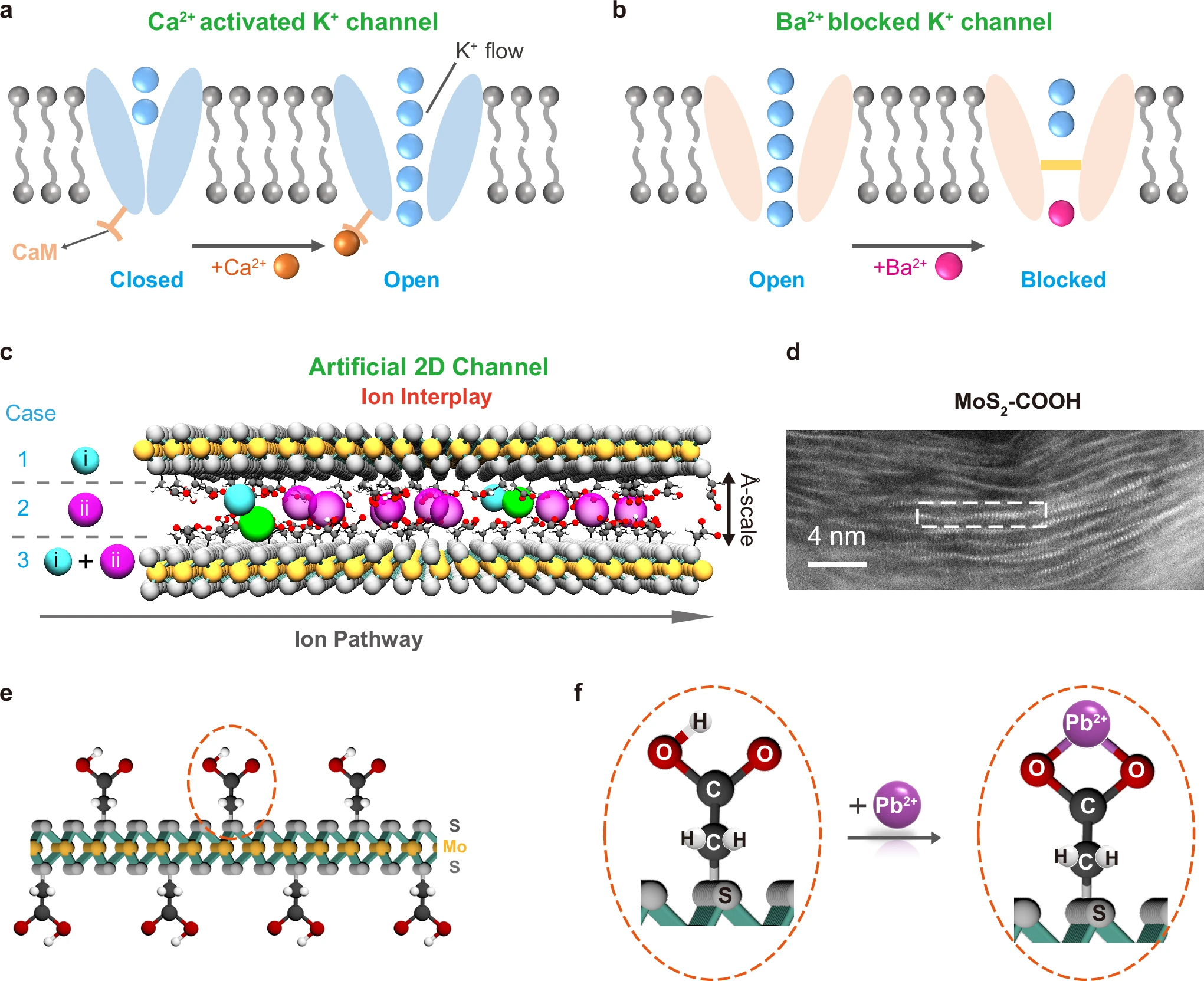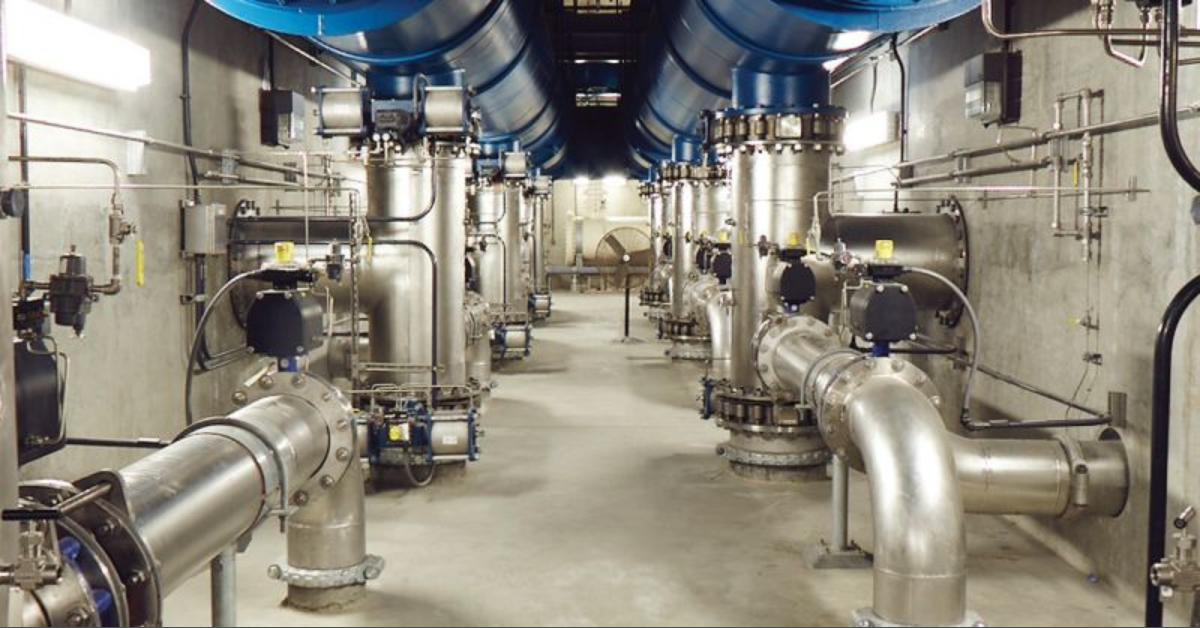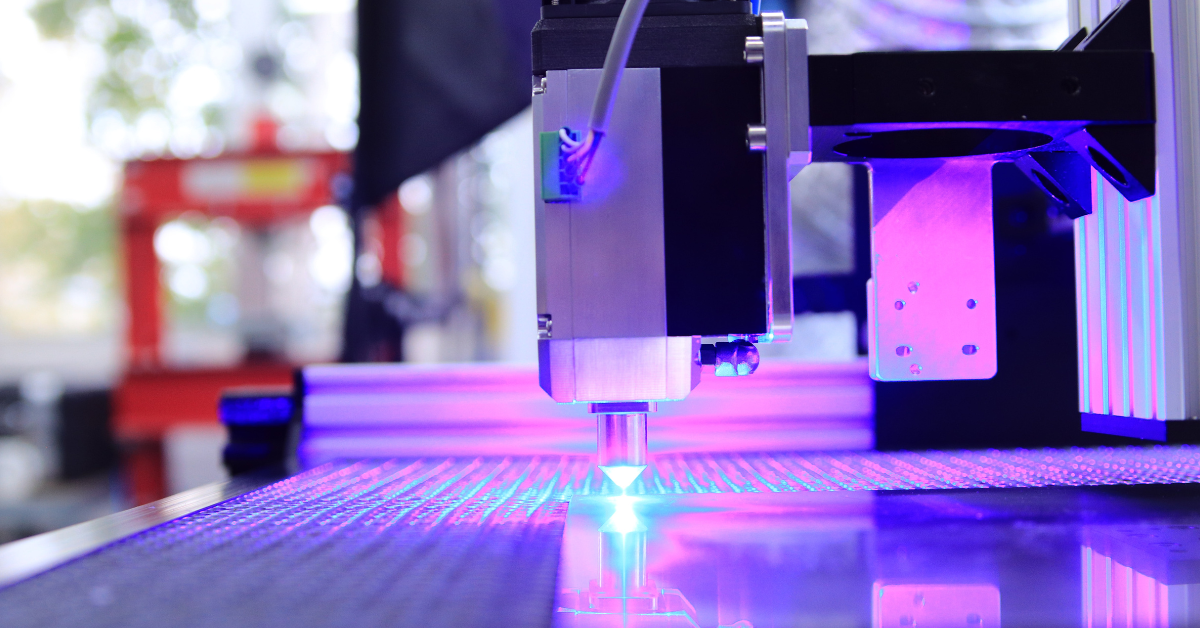Membrane advances drive purification and extraction efficiencies
Two research projects, one led by Berkeley Lab with Active Membranes, and another involving teams from the University of Chicago Pritzker School of Molecular Engineering and Northwestern University, are finding ways of making efficiencies that will improve real-world performance.

Desalinating oil and gas field produced water
Membrane innovation is vital for the water industry as it seeks to reduce the costs created by fouling and scaling, both in terms of financial outlay and the significant periods of downtime caused by maintenance and replacement.
According to Berkeley Lab, the driver for membrane innovation is the following:
- Approximately 40 per cent of the water supply in the US comes from underground aquifers; however, much of it is too salty for human use
- By sufficiently treating brackish groundwater to separate salts and other contaminants, the US could significantly expand its supply of freshwater.
Of course, these drivers are relevant for water purification systems around much of the world. In a social media post, Active Membranes stated that membrane innovation supports more sustainable solutions for agriculture, industry, and beyond.
An ability to improve efficiencies in the desalination process could have a transformational effect on water reuse. According to the US Geological Survey, the amount of brackish groundwater pumped from underground water reserves is 800 times more than the amount of freshwater. The scope for expanding the available water supply is significant if this brackish water can be treated effectively and efficiently.
Equipping membranes with electrical conductivity
Working in partnership, Berkeley Lab, Active Membranes, National Alliance for Water Innovation, and the California Department of Water Resources developed a process that equips membranes used in the reverse-osmosis desalination process with electrical conductivity, effectively turning them into an ‘active’ membrane.
According to Berkeley Lab, this process improves the membrane’s ability to separate salts and other contaminants from hard-to-treat waters such as brackish groundwaters and the wastewater that is brought to the surface during oil and gas extraction.
This produced water is full of salts, particles, and hydrocarbons, all of which contribute to rapid scaling and fouling of conventional membranes.
However, according to the National Alliance for Water Innovation’s executive director, Peter Fiske, the new active membrane can effectively treat the oil and gas extraction wastewater.
He told media: “In a normal oil well, there is far more produced water than oil, and the disposal of this water often limits oil and gas production. Treating and desalinating produced water could allow this ‘wastewater’ to become a source of irrigation for agriculture.”
Electrical coatings and salt repulsion
To prevent scaling and fouling and the need for backwashing and cleaning, Active Membranes developed a technique that applies an ultra-thin, electrically conductive coating on top of the membrane. A low-voltage charge can be passed through the coating, which effectively ‘pushes away’ salt ions and other charged species from the membrane surface.
A pilot study in Ventura County was used to test the effectiveness of the process. The electrically charged membranes demonstrated a 20 to 30 per cent improvement in water production, according to the partners.
According to Arian Edalat, co-founder and CEO of Active Membranes: “I think the next big step we take to get the desalination field where it needs to be in terms of footprint, cost, and sustainability has to involve looking at the membrane separation process.”
He added: “Our approach gives the membrane the power to keep itself clean.”
Water purification by bio-inspired membranes
Researchers at the University of Chicago Pritzker School of Molecular Engineering and Northwestern University are turning to cell control processes in the natural world to engineer membranes that can be ‘tuned’ to allow certain chemicals through while repelling others.
According to the researchers, the ability to tune membranes to let more of a material in sometimes and keep them out at other times could revolutionise how people make water safe to drink and remove harmful – or valuable – chemicals from oceans, lakes and rivers.

CREDIT https://creativecommons.org/licenses/by-nc-nd/4.0/. Authors: Wang, M., Xiong, Q., Yue, X. et al
How does nature control chemical transport?
The research teams were led by Pritzker School of Molecular Engineering’s Chong Liu and Northwestern’s George Schatz. Their research was published in Nature Communications.
Nature controls movement across cell membranes using proteins that act as gatekeepers. Each protein controls the levels of chemicals that can pass through the cell wall, for example, potassium, according to biological need. Effectively, each cell controls what enters, how much it lets through, and when it shuts down the process.
It is this process that interests the researchers and offers potential for water treatment. Schatz told media: “It becomes of interest to see whether you can build artificial systems that would, in some way or another, mimic those biological properties.”
With Liu adding: “It will advance technology greatly if we can understand ion transport in biological systems and creatively manipulate it in artificial ones.”
Opening and closing the doors for future applications
Trials mimicked natural systems by adding different amounts of lead, cobalt or barium ions. Working on the nanoscale, the team increased and limited the amount of potassium moving through nanotunnels in the membrane simply by adding or reducing the number of lead ions.
Increasing the lead ions by 1 per cent more than doubled the amount of potassium that passed through the membrane. The process has obvious applications in both water purification and resource recovery. Adding cobalt and barium ions counteracted the effect of lead ions, effectively serving to close the door on the process.
Current research has focused on the movement of potassium, but the researchers believe another target could be lithium, which could be more effectively extracted from water, in what would be a huge boost for industries that rely on the metal, which is associated with environmentally damaging extraction methods.




